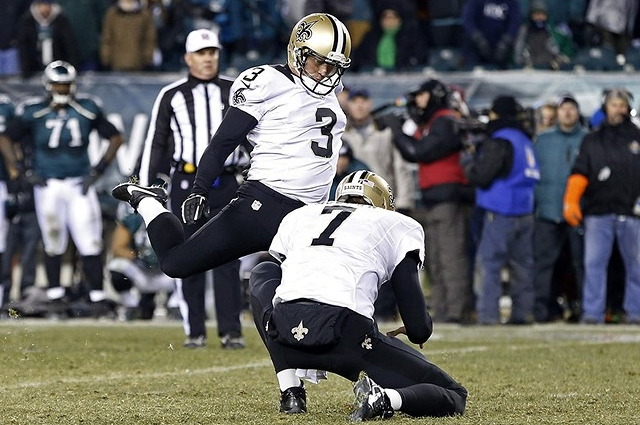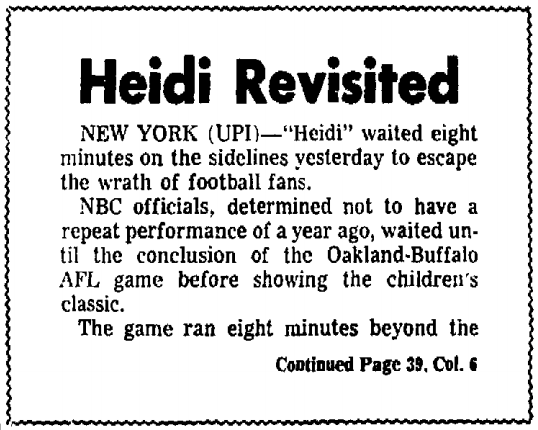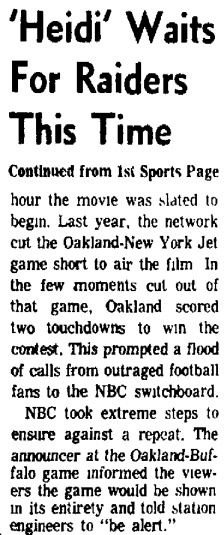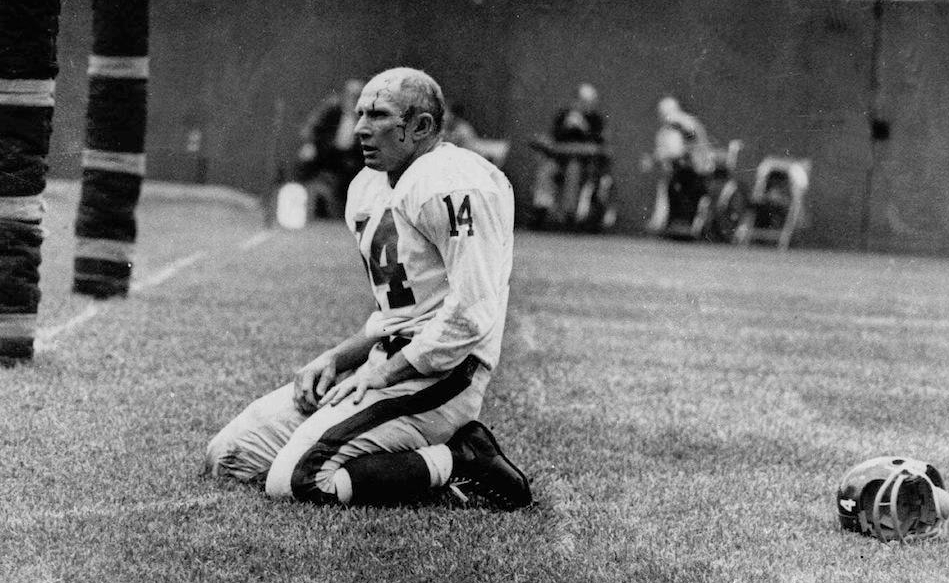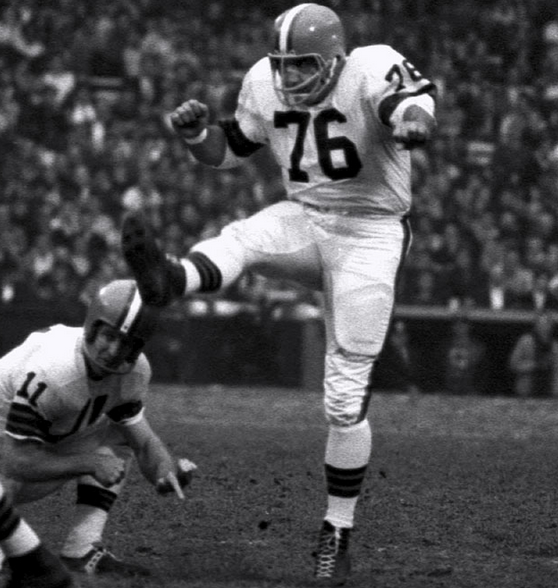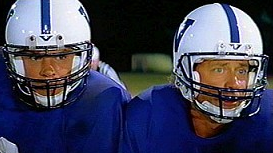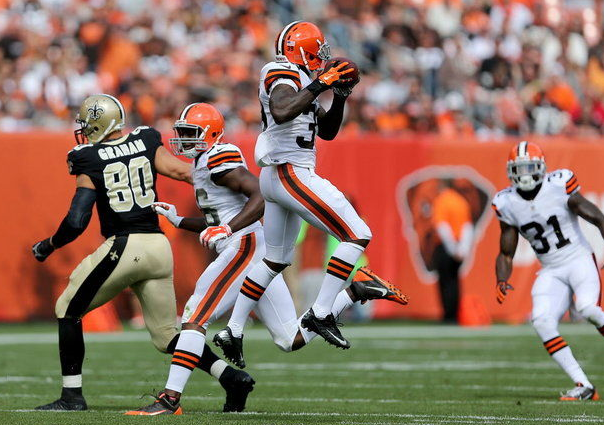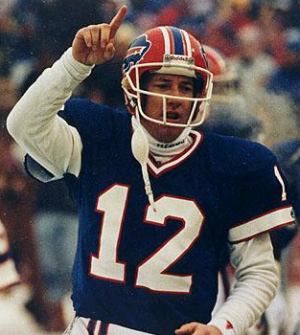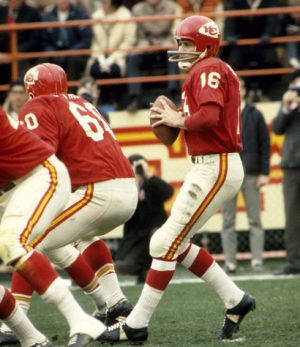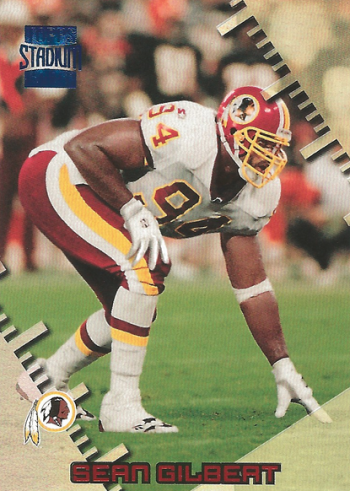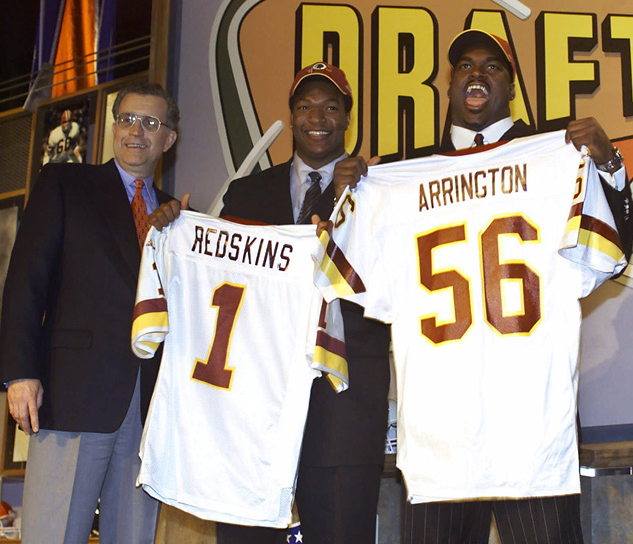In fact, here are two of them. The first is Stephen Gostkowski, who went over 100 points for the season in the Patriots’ ninth game. He’s only the second pure kicker in NFL/AFL history to get to 100 points — 101, actually — that fast. The other is Lawrence Tynes with the Giants two years ago (102).
But . . . three running backs and four multitaskers — guys who played an offensive position and doubled as kickers — also have accomplished the feat. Two of the seven did it twice. The details:
NFL/AFL PLAYERS WHO HAVE SCORED 100 POINTS IN THE FIRST NINE GAMES
[table]
Year,Player\, Team,TD,FG,PAT,Pts (Final Total*)
2014,K Stephen Gostkowski\, Patriots,0,34,29,101 (TBD)
2012,K Lawrence Tynes\, Giants,0,26,24,102 (145)
2006,RB LaDainian Tomlinson\, Chargers,18,0,0,108 (186*)
2005,RB Shaun Alexander\, Seahawks,17,0,0,102 (168*)
1962,WR-K Gino Cappelletti\, Patriots (AFL),4,16,28,100 (128)
1962,RB-K Gene Mingo\, Broncos (AFL),4,18,23,101 (137*)
1961,RB-K Paul Hornung\, Packers,10,12,34,130 (146*)
1961,WR-K Gino Cappelletti\, Patriots (AFL),7,12,32,110 (147*)
1960,RB-K Paul Hornung\, Packers,11,11,30,129 (176*)
1958,RB Jim Brown\, Browns,17,0,0,102 (108*)
1942,WR-K Don Hutson\, Packers,15,0,29,119 (138*)
[/table]
*led league
Notes: Hornung reached 100 in just seven games in 1960 (100 exactly) and again in 1961 (101). Cappelletti had 100 through eight games in ’61, and Hutson had 104 through eight in ’42. . . . Hornung missed two games in ‘61 because of a military commitment.
Anyway, that’s a pretty impressive bunch. Hornung, Brown and Hutson are in the Hall of Fame, and Tomlinson figures to join them soon enough.
The second kicker I wanted to call to your attention is Shayne Graham, currently with the Saints. I say “currently” because Graham has certainly been making the rounds lately. Since he left the Bengals as a free agent in 2010, he’s been with 10 different teams and played at least one regular season game with five of them.
A brief summary of his travels:
● 2010 – Ravens (cut before season), Giants (1 game), Patriots (8).
● 2011 – Redskins (cut in camp), Cowboys (cut before season), Dolphins (2 games), Ravens (1).
● 2012 – Texans (16 games).
● 2013 – Browns (cut in camp), Steelers (on their roster for a game but wasn’t active), Saints (2).
● 2014 – Saints (9 games and counting).
How do ya like them frequent-flyer miles? But here’s the thing: Despite his job tenuousness, Graham has kicked the ball very well. In fact, in these five seasons — or parts thereof — he hasn’t missed a field goal try under 40 yards. The breakdown:
SHAYNE GRAHAM’S FIELD GOAL KICKING BY DISTANCE, 2010-14
[table]
0-19,20-29,30-39,40-49,50+,Made,Missed,%
2-2,22-22,22-22,18-14,10-5,65,9,87.2
[/table]
(Numbers below distances are field goals attempted and made.)
To live out of a suitcase — well, practically — for five years and still perform at this level is . . . the definition of a pro. A guy like that deserves to kick in a dome at this stage of his career. He’s earned it.
Source: pro-football-reference.com

